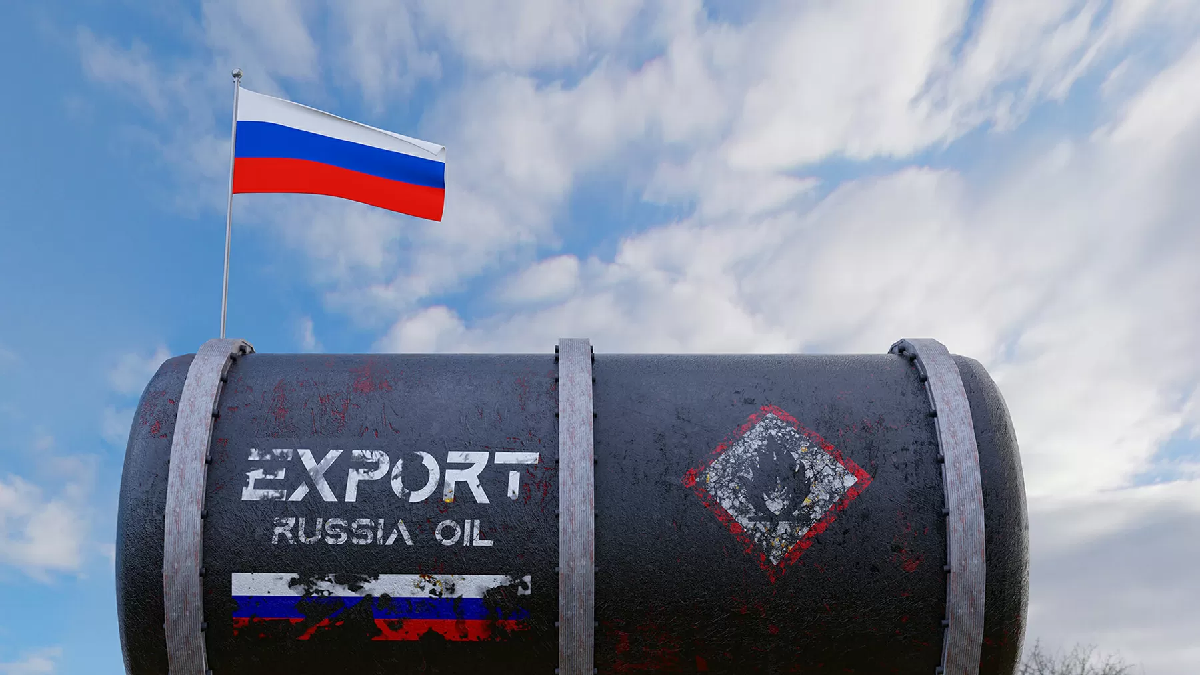Pakistan has taken a significant step towards diversifying its crude oil import sources by opening a Letter of Credit (LC) in the Bank of China to import its first-ever shipment of Russian oil. The shipment, which is expected to arrive in the last week of May, will carry 100,000 tons of crude oil to Pakistan on a cost, insurance and freight (CIF) basis. This means that the payment for the cargo will be made after delivery at the port.
To make payment for the Russian oil, Pakistan has opened an LC in the Chinese bank, aiming to pay in Chinese yuan. However, the payment will put a burden on Pakistan’s foreign exchange reserves as yuan is not readily available in the country. Pakistan typically receives currencies like UAE dirham and Saudi riyal from these countries, which would have been easier to use for payment. Nevertheless, due to the unavailability of these currencies, Pakistan will have to arrange US dollars to buy the Chinese currency, which is a challenging task for the country that is already struggling to ease the pressure on its reserves.
The decision to pay in yuan came in the wake of US sanctions on Russia, which made Moscow offer the option of making payments in three currencies, including the UAE dirham, Chinese yuan, and Russian ruble. However, Pakistan decided to pay in yuan, which may not be an easy option but is expected to bring benefits to the country.
Pakistan, which follows the Platts price index, is hoping to get a discount of $16 to $18 per barrel on Russian crude oil. The country has been trying to increase its crude oil import sources, and the shipment from Russia is seen as a significant step in this direction. The shipment will be shipped to Pakistan Refinery Limited (PRL) for testing its quality and production of refined products. This way, the economics of petroleum products produced from the first Russian cargo will be assessed based on the discount offered.
The government will make a final decision after PRL submits its test report, including the production ratio of diesel, petrol, and furnace oil. So far, the specifications have not been found to be too good, and the freight rate is very high. Additionally, the ratio of Russian oil-based refined products will vary, which can disturb the economics of petroleum products. The processing of Arab Light crude leads to the production of 45% high-speed diesel (HSD) and 25% furnace oil while the Russian crude will produce 32% HSD and 50% furnace oil. If Pakistan takes such a ratio, it will require higher discounts from Russia, which could further increase the burden on the country’s foreign exchange reserves.
Read More: PM Shehbaz Approves $10-14 Billion Oil Refinery Project In Pakistan
Refineries have already been facing difficulties in disposing of furnace oil after the country’s power plants shifted focus to liquefied natural gas (LNG). The low production of HSD would increase the cost, eroding the incentives given by Russia. Of late, the refineries have started exporting furnace oil, but this may not be a sustainable solution.
During the previous tenure of Pakistan Muslim League-Nawaz (PML-N), the government began LNG import for the first time in 2015. However, it did not conduct due diligence for the consumption of furnace oil. Since then, the refineries have been in trouble, facing partial shutdown several times over power sector’s refusal to lift furnace oil stocks.
In conclusion, the first-ever shipment of crude oil from Russia is a significant development for Pakistan. However, the country faces several challenges, including the unavailability of yuan, difficulties in disposing of furnace oil, and the production ratio of refined products. The government will have to make a careful decision after assessing the test report submitted by PRL to ensure that the country’s foreign exchange reserves are not put under additional pressure.



























